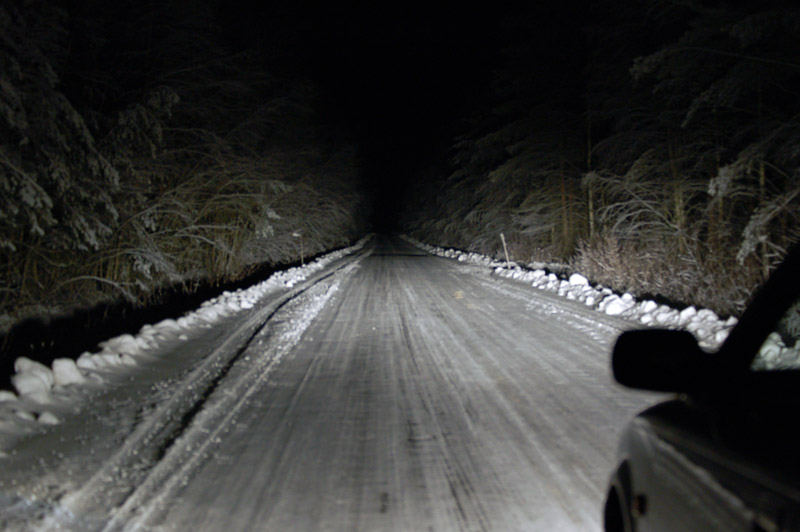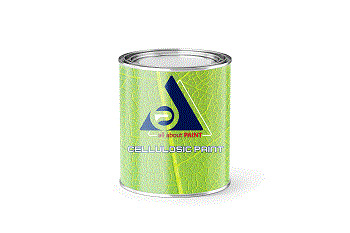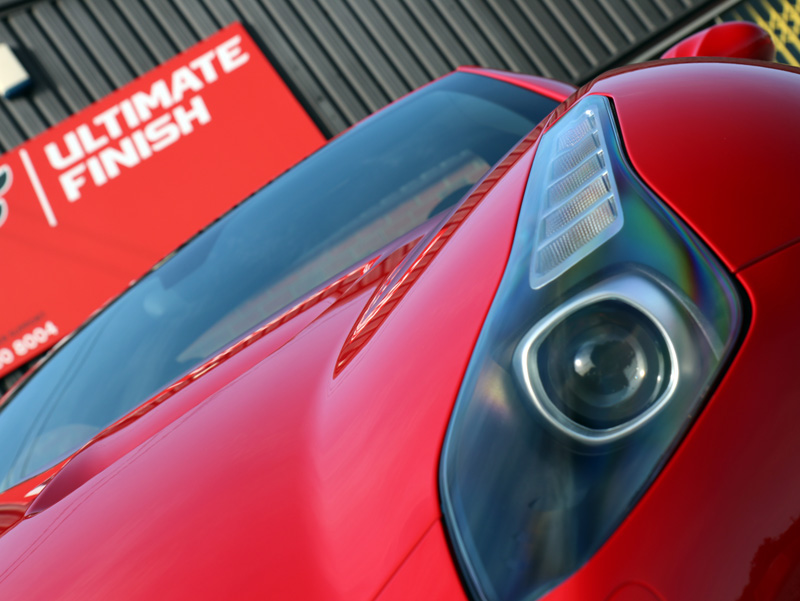TOP 5 WINTER CAR DAMAGE HAZARDS TO AVOID

TOP 5 WINTER CAR DAMAGE HAZARDS TO AVOID
This year’s mild autumn is expected to lead to a colder than average 2014/15 winter, with significant snowfall likely.
We encourage anyone driving during the winter to get themselves and their car prepared.

Snow, hail, ice and heavy rain can cause a range of problems. We’ve made a list of our top 5 winter driving hazards to look out for:
Black Ice
Black ice is a transparent coating of ice that sits on the surface of a road. It is one of the most dangerous winter hazards, both for pedestrians and drivers. It is most prevalent on bridges, below overpasses and in areas surrounded by trees.
Winter road salt, which plays a central role in combating icy roads and increasing road safety, isn’t always the kindest on your car. Constant exposure to road salt increases the risk of corrosive damage to plastic bumpers, exterior trim and rubber seals (and in extreme cases can lead to people having to repair their windscreen!). Take care of your paintwork and underside of your car throughout winter while grit is on the road
Battery Failure
Car batteries get a rough time of it in the winter months. Not only do they lose their ability to recharge as quickly, but it’s also the time of year when they’re under the most strain. With wipers, headlights, blowers and heated seats all used more.
This makes battery failure one of the most common winter driving hazards. But, there is now a better variety of good value intelligent car battery chargers on the market. These come highly recommended in keeping your car battery topped up during the colder winter months.
Standing Water
Stopping distances significantly increase in wet weather. The risk of bumps and shunts is much higher, causing more dents, scuffs and scratches to your car.
Standing water is a common driving hazard, particularly following prolonged periods of rain. Keep an eye out for deep bodies of water, particularly in low points or dips, to avoid hydroplaning. This is when a layer of water sits between your wheels and the road and can lead to loss of traction, and temporary loss of control.
Tyre Pressure
Cold air can take its toll on tyre pressure: for every 5°C that the weather drops, a tyre will lose 1-2 psi of air pressure. This makes it even more important to keep an eye on the air pressure of your tyres during winter. We recommend a check at least once per month.
It’s also important not to reduce tyre pressureto get more grip, as it’s likely to have the opposite effect.
Other Drivers
Although it goes without saying, it’s wise to keep a closer eye on other drivers during the winter months. A general lack of experience driving in winter conditions in the UK, can cause panic when driving.

.png)
.png)
.png)
.png)




